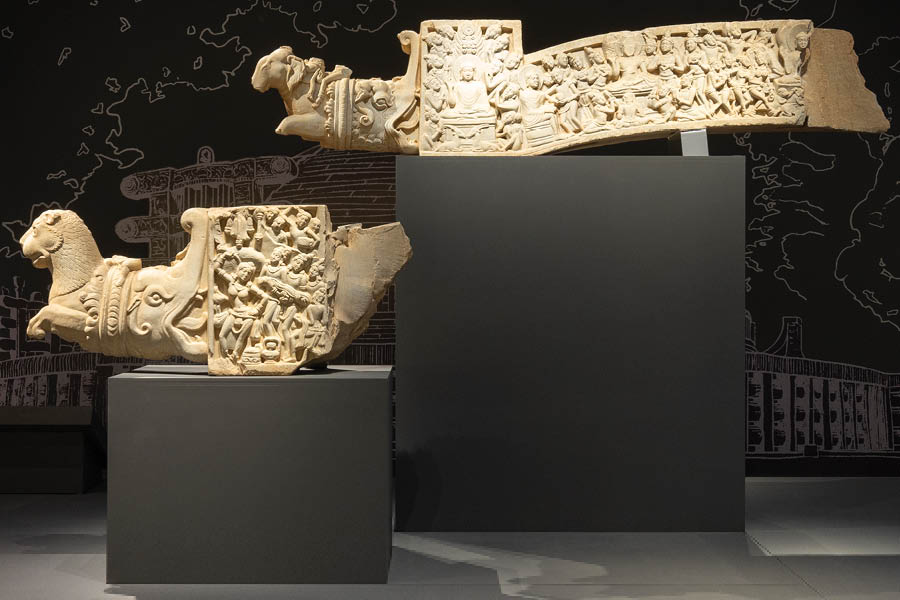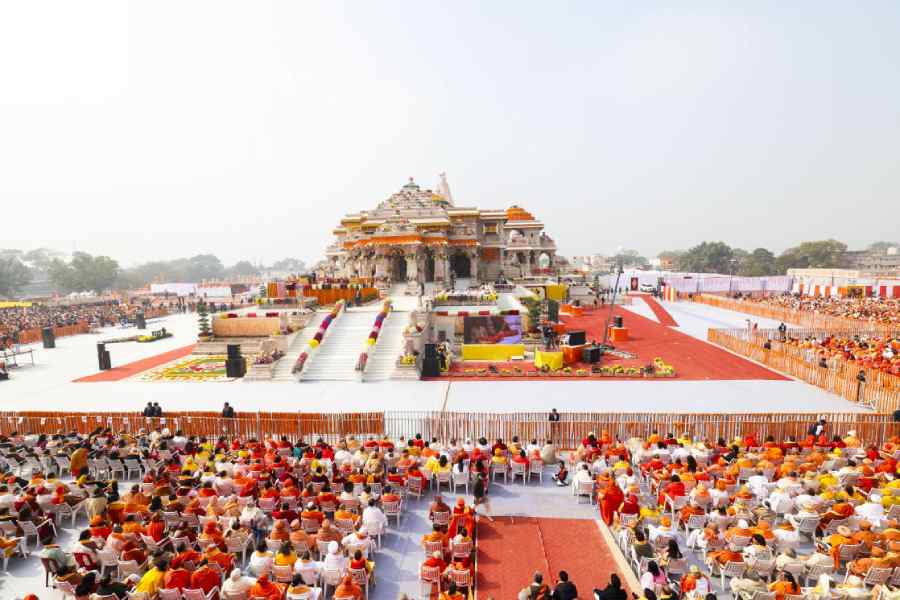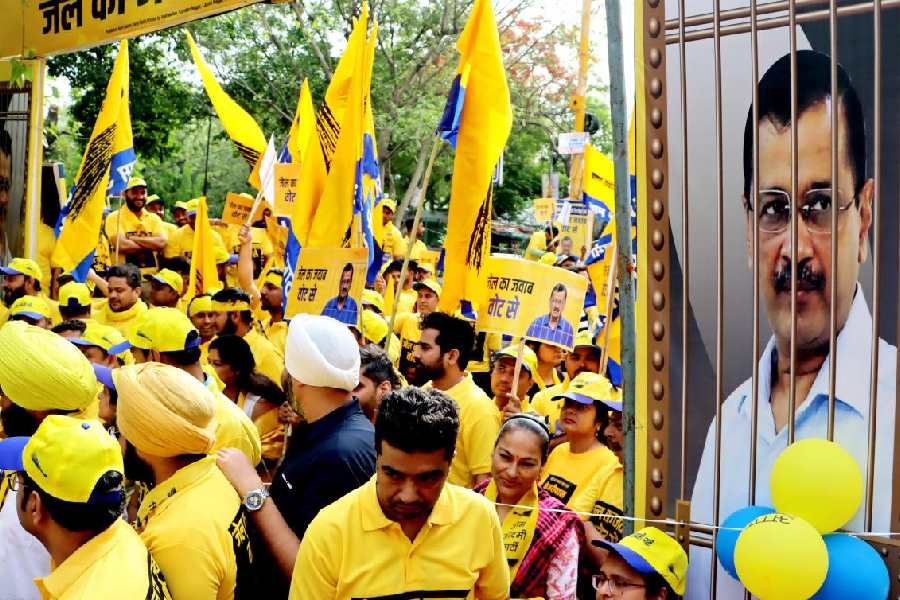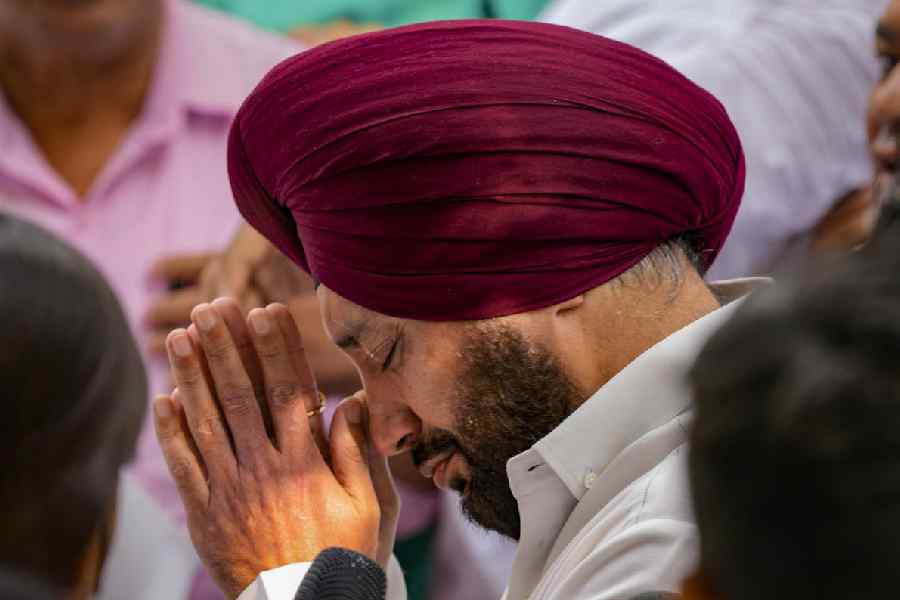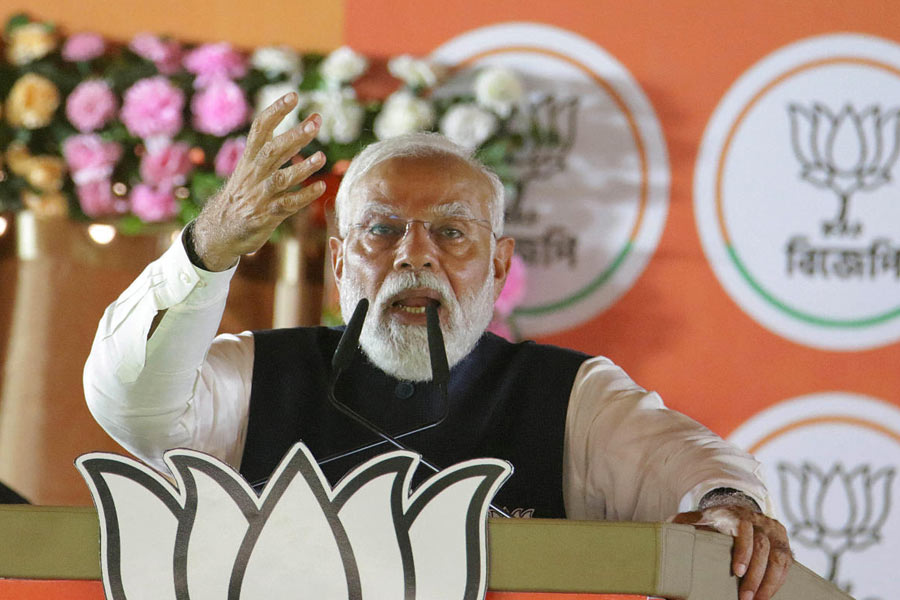When the Metropolitan Museum of Art in New York puts on a show of early Buddhist art that was made in India and mostly lent from India, it is not merely an eye-opener for locals. Its reach is global and long-lasting. This is because the Met puts the whole show online complete with a video tour led by its creator, John Guy. No matter that it closed in November; you can experience it online today.
As the Met’s curator of south and south-east Asian art, Guy’s lifelong study of India and his passion for its cultures and people shine through both the show and its landmark catalogue, which is a feat of organisation and clarity. Guy ensured it was published simultaneously by the Met and by India’s publisher Mapin (at a much more reasonable price).
‘Tree & Serpent’ tells the story of the origins of Buddhist art in India, but in a radically new way. Thanks to a slew of remarkable discoveries made in south India recently, we have an abundance of tip-top creations there that match the familiar glories of the north – Bharhut, Sarnath, Sanchi. And that’s not all: these sculptures, mostly made between 200 BCE and 400 CE to decorate stupa complexes, have hundreds of donor inscriptions detailing who gave what and when and why. With no surviving local documents relating to the great Satavahana and Ikshvaku dynasties, the inscriptions tell us about the sophisticated courts and their governments as well as the economy, social behaviour, elaborate festivals and the developing Buddhist philosophy and iconography. Usefully, the Met will shortly put online the conference they held during the show where 16 international speakers assessed the impact of these discoveries.
Take the limestone panel showing visitors moving through the brick terraces of a monastery to the sacred zone. In this first such depiction to be found anywhere, we can follow the faithful into sacred space and imagine their experience 2,000 years ago. We see the schematic design for the monastery, its stripped-down Art Deco rigour. We watch six wealthy males decked in extravagant gold ear ornaments. And we can imagine visitors looking at this sculpture and reading the inscription about the donor family which seems to come from Mahiseka, near today’s Banavasi in the southern Western Ghats.
The show is a historical corrective, adding the southern tradition
This keyhole peek into busy Buddhist monastery life was found at Kanaganahalli, on a tributary of the Krishna river, south-west of Hyderabad. Guy is keen to emphasise the breadth and inclusiveness of his show. “It is not denying the traditional mainstream story of Mathura, Sarnath, Bihar, Gandhara in the north. It is a parallel story of dynasties that generate stability and wealth on the back of which are built these extraordinary monasteries. The show is a historical corrective, it is adding the southern tradition. The Buddha did not go there, but his relics did.” To endorse this and give the full picture, the show includes plenty of pieces from the north.
Together, the Kanaganahalli finds reveal the most intact and opulent sculptural programme of any stupa excavated in this region to date. It has unrivalled depictions of at least 14 Jakarta tales on 60 slabs covering the dome. There are also unique portraits of the Satavahana rules, plus more than 300 donor inscriptions in Prakrit which indicate both a high level of literacy and the importance of merchant donors. The Toda banking family get several mentions and doubtless derived some of their wealth from the abundant trade with the Roman Empire which introduced Mediterranean influences that are evident in some sculptures – so far, the vast majority of Roman objects and coins found outside their empire have turned up in India.

A pair of Satavahana ear ornaments By special arrangement
The golden stone is beautiful, but that’s not the effect these Buddhist monks were after. Traces of extant paint, especially red, tell us that Kanaganahalli’s entire stupa was brilliantly painted, and sculptures show it was regularly decorated with hundreds of flower swags – imagine arriving there having come upriver almost 600km from the coastal ports past little villages and farms, past plenty of undecorated stupas, perhaps having paused at the great monastic complexes of Amaravati and Nagarjunakonda. Wow!
In sum, Kanaganahalli helps transform our understanding of the extent and quality of early Buddhist art in south India. It builds on the 1920s discovery of the Ikshvaku’s grand capital at Nagarjunakonda – photographs of that forlorn site document how excavations stopped in the 1960s when the valley was dammed to bring electricity to the Deccan.
So does Phanigiri, which lies east of Hyderabad, between the Krishna and Godavari rivers. Here, archaeologists made some remarkable finds in 2002-2003. Guy says that when the pieces from this site arrived at the Met in their huge packing cases, it was the most exciting moment in the decade of preparation for the show. “They are so significant and this is their first public show.” What we see, mounted high up as they would have been seen in situ, are exquisitely carved limestone bars that were part of a monumental torana, or ceremonial gateway, made under the Ikshvaku rulers. There are other toranas in south India but none of this completeness, of this quality, and recounting a continuous narrative of the Buddha’s biography.

These spectacular works deserve to be in the canon of India’s great Buddhist works. They take us back to the foundations of Buddhist art and, by that, to the foundations of early Indian art
– John Guy
It’s difficult not to return to the Kanaganahalli pieces. One is a contemporary news report. Handsome bejewelled King Pulumavi is depicted surrendering the rich trading city of Ujjain in Malwa, a treaty sealed by Pulumavi pouring water from a spouted ewer onto the hands of the victor. As this marked a substantial setback for the Satavahanas, it was a confident ruler who was happy to have a permanent public record set in stone.
As Guy says: “These spectacular works deserve to be in the canon of India’s great Buddhist works. They take us back to the foundations of Buddhist art and, by that, to the foundations of early Indian art.”
After the show, the Indian pieces are returning to their local museums, not just Kolkata’s Indian Museum, but to scattered sites in the Krishna basin – opportunities for some off-beat adventures.
Louise Nicholson is a British art historian, journalist and writer who has focused her studies on India since 1978 and brings the curious to India. She has written 27 books, and writes a monthly wellness blog to inspire slow travel in India.

